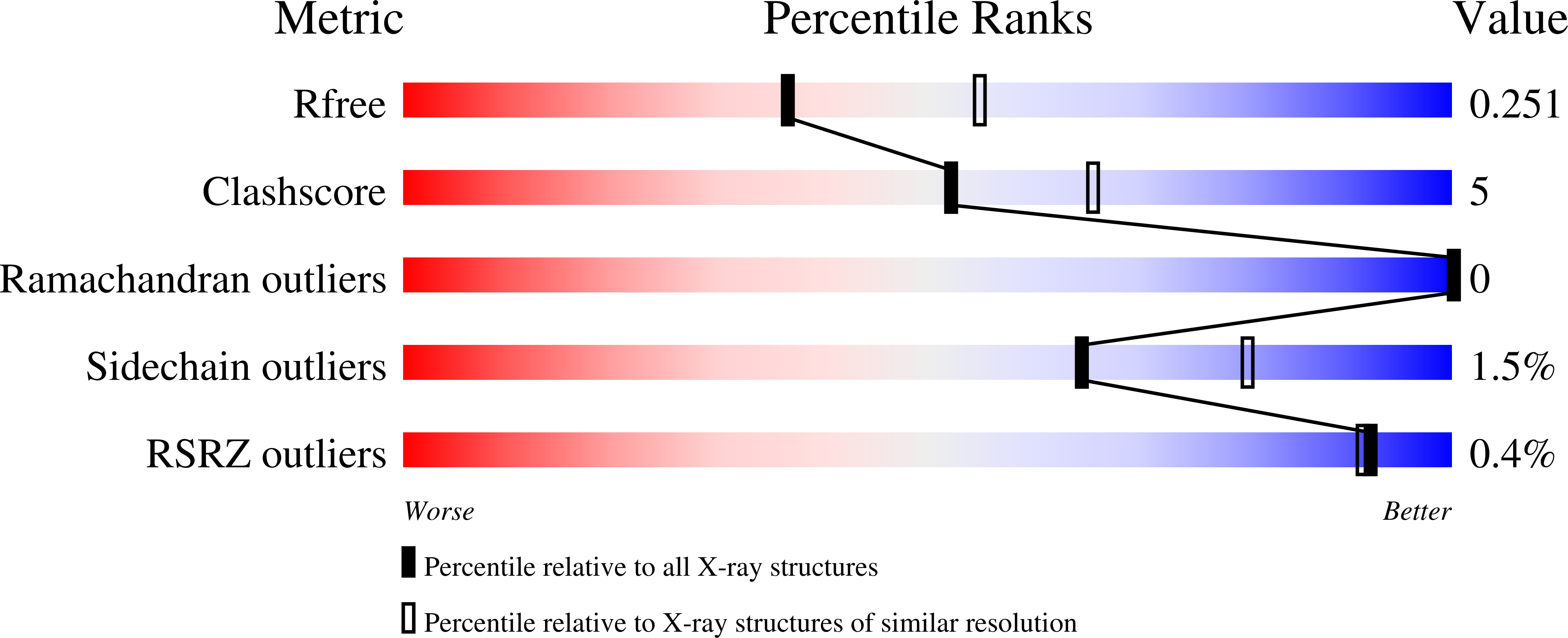
Deposition Date
2019-10-14
Release Date
2020-10-21
Last Version Date
2024-11-06
Method Details:
Experimental Method:
Resolution:
2.40 Å
R-Value Free:
0.25
R-Value Work:
0.19
R-Value Observed:
0.20
Space Group:
C 1 2 1


